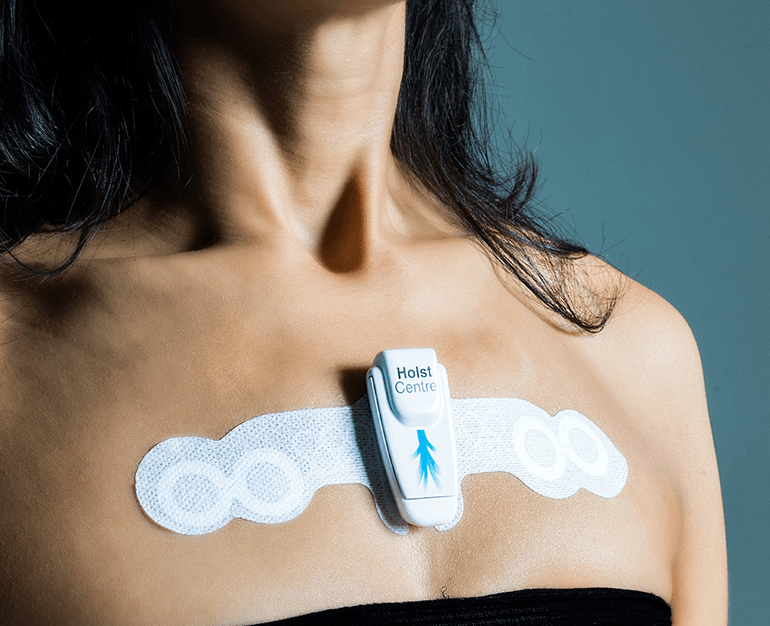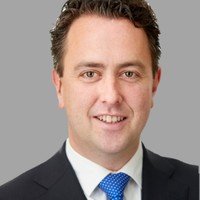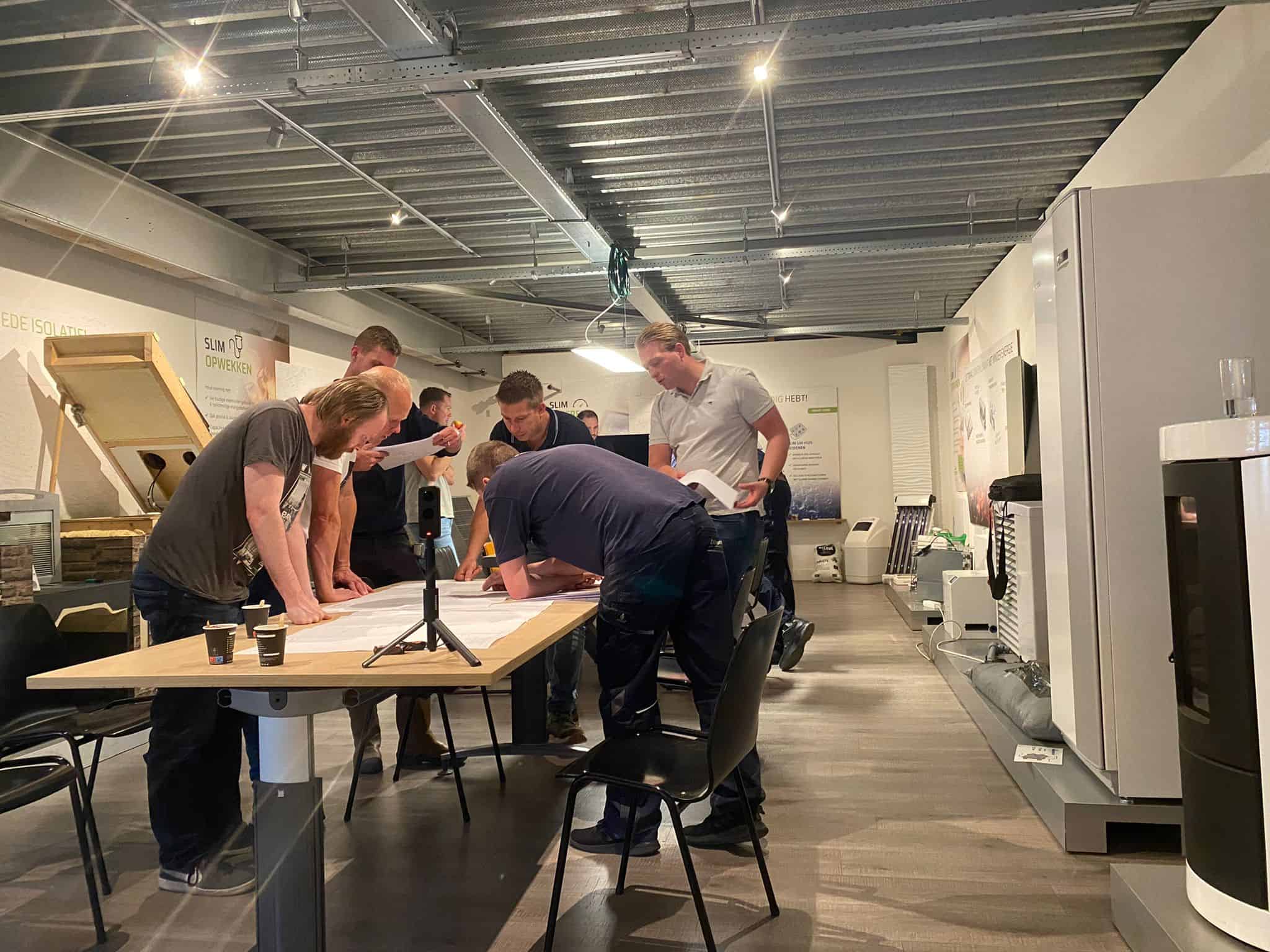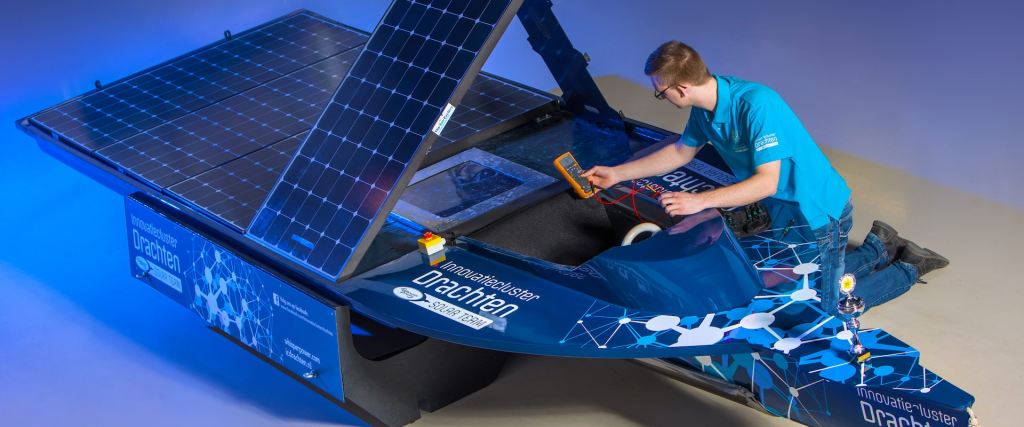
The high-tech health cluster in the Brabant region is a comprehensive and lively ecosystem that includes specialist research, sophisticated production capability and willing investment capital. A golden thread is an open innovation taking place amongst the various public-sector, academic and industry stakeholders, which is exemplified through a number of collaborative platforms that involve co-location and collective research initiatives. Judging by volumes of patent applications, the number of start-ups boldly finding commercial viability and the way in which local health-tech corporates lead their sectors in world markets, it seems that Brabant is well on its way to achieving status as a globally recognised medical-technology cluster.
The foundations for the medical technology sector in Brabant can be traced back about a century, to the pioneering work of three men from three different disciplines, who combined science with entrepreneurial flair. Gerard Philips’s production in 1891, in Eindhoven, of his company’s first light bulb, ultimately resulted in technological developments that include MRI scanners, electron microscopes, semiconductor technology and active medical implants, that have been generated by dozens of large, mid-sized and small companies such as Philips Healthcare, Thermo Fischer Scientific, Innoluce and the start-up Sapiens Steering Brain Stimulation.
“We grew fast thanks to strong companies, such as Philips, and because of a willingness to work hard.”
At more or less the time that Philips was fine-tuning its medical X-ray tube technology, a different type of medical science was being exploited further north in the province, in Oss. Saal van Zwanenberg, the owner of a thriving meat-processing business, combined forces with pharmacist Ernst Laqueur to find a commercial use for animal by-products: In 1923 they established Organon, which became the first European manufacturer of insulin, and soon moved on to produce a range of hormone-treatment pharmaceuticals. Following various acquisitions and spin-offs over the decades, the original business is now included in MSD and in MSD Animal Health. Today Oss is home to Pivot Park, an open innovation biopharmaceutical campus that houses a network of large and smaller pharmaceutical manufacturers and suppliers.

Thijs Taminiau, senior Project Manager Foreign Investments at the Brabant Development Agency (BOM), whose portfolio is focused on MedTech and Life Sciences & Health, says there has been a rapid transformation of Brabant over the past century. The region has changed from being a poor farmer’s province to now being the fastest-growing region in the Netherlands – which moreover generates a third of all Dutch patents. “We grew fast thanks to strong companies, such as Philips, and because of a willingness to work hard. Also of importance is the extent to which open innovation takes place in centres such as the High Tech Campus and Pivot Park. When we talk to companies from elsewhere, such as from the US, they are always surprised at how open we are amongst ourselves about R&D and innovation”.
“We motivate people to start with innovation and with technical innovation – that would be from nursing homes, organisations giving home care, hospitals, the GPs and other stakeholders.”

Thom Frielink is Innovation Advisor at Health~Holland, the executive office for the Dutch Top Sector Life Sciences & Health; from his national vantage point, he sees new nodes of specialisation emerging across the Brabant province. “Given the historically large role played in medical technology by Philips in the region, the eastern side of Brabant has a more dominant position in medical technology innovation compared to the west of the province. Nevertheless, there are some important healthcare initiatives coming up in West Brabant, such as the Care Innovation Center (CIC) in Roosendaal. This is a cooperation between the municipality, a local healthcare school and a number of local innovators, that together help to quicken the innovation trajectory of their medical technologies”.

CIC Director Chantal van Spaendonck describes it as a living lab. “We motivate people to start with innovation and with technical innovation – that would be from nursing homes, organisations giving home care, hospitals, the GPs and other stakeholders. We make the link between them and the companies. It is not very common for Dutch care organisations to have much direct contact with small and middle-sized enterprises (SMEs), and with companies in other sectors; that is one of the things we do”.
Part of the role of the CIC is to support these SMEs in developing their products to a viable stage, including helping them to co-create and test ideas and products with end users in patient care, and helping them to navigate the complex landscape for the financing of Dutch healthcare.
She sees the role of West Brabant as being complementary to the medical technology sector in the rest of the province. “Here there is more focus on implementation and scaling up of ideas. That is a positive combination to cultivate within Brabant as a whole – to not only develop, but also to get things further into practice”.
In Brabant, collaboration across silos has been the key to getting ideas tested, funded and into the market. “Although we don’t have medical research hospitals in Brabant, we have close cooperation with local top clinical hospitals, which is one aspect enabling us to bring innovations and companies quickly to market,” says Frits Hoeve, Project Manager at BOM, whose portfolio is themed around high-tech systems.
He cites the example of Bambi Belt Solution, a medical startup that is partnering with the Holst Centre, which makes heart monitoring belts for neonatal babies; another is Preceyes, which provides robotic solutions for eye surgery.
The Holst Centre is an R&D institute most of whose research applications are in the medical field, and which conducts research on an open-innovation basis, in cooperation with industry and academia. Its work complements that of the Eindhoven University of Technology, which has identified health as one of its three strategic focus areas, and which has nine health-themed faculties. Moreover, Tilburg, Breda and Eindhoven have universities of applied sciences – Avans and Fontys – which offer health-related research and training.
“We have good R&D facilities in the region that are really focused on production, and we have production capabilities for small and large-scale options. It is a really pragmatic approach, ” Hoeve says.
“The world-class logistics capability within the region will continue to be an enabler for the industry as a whole.”
He sees future developments in medical technology in Brabant as having four key themes: Large incumbents such as Philips are now moving more purposefully into the processing of data in the medical field, including the field of medical imaging. Data sciences and artificial intelligence will play a significant role in driving these developments.
Secondly, there is a trend towards the use of precision robotics and active implants for medical purposes, which represent a dramatic change in how the healthcare industry interfaces with the end user. A third theme is a thriving pharmaceutical sector, which has announced some exciting developments in biotech, including innovations in immunotherapy. The world-class logistics capability within the region is the fourth aspect and will continue to be an enabler for the industry as a whole, supporting it in its drive to global competitiveness.








